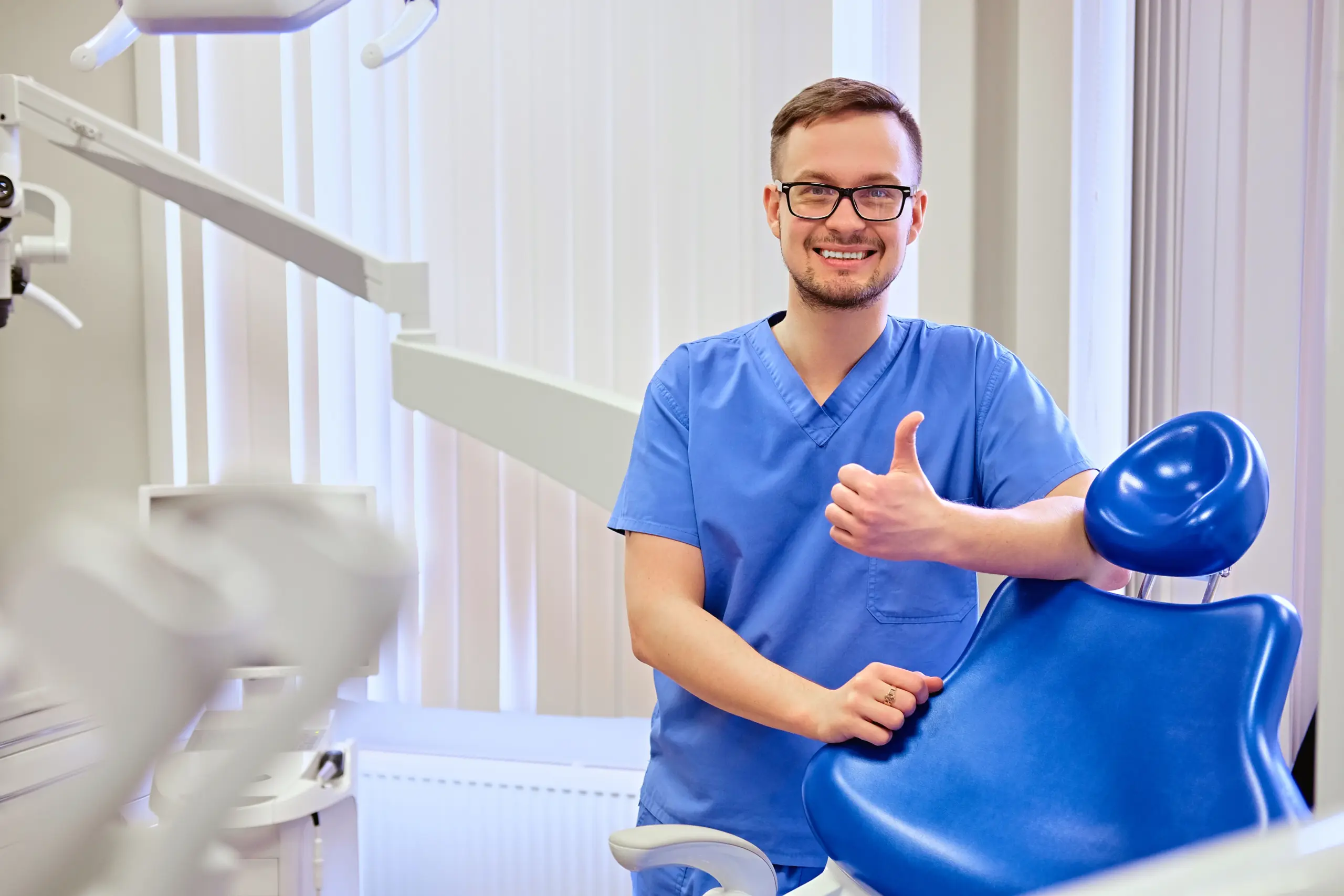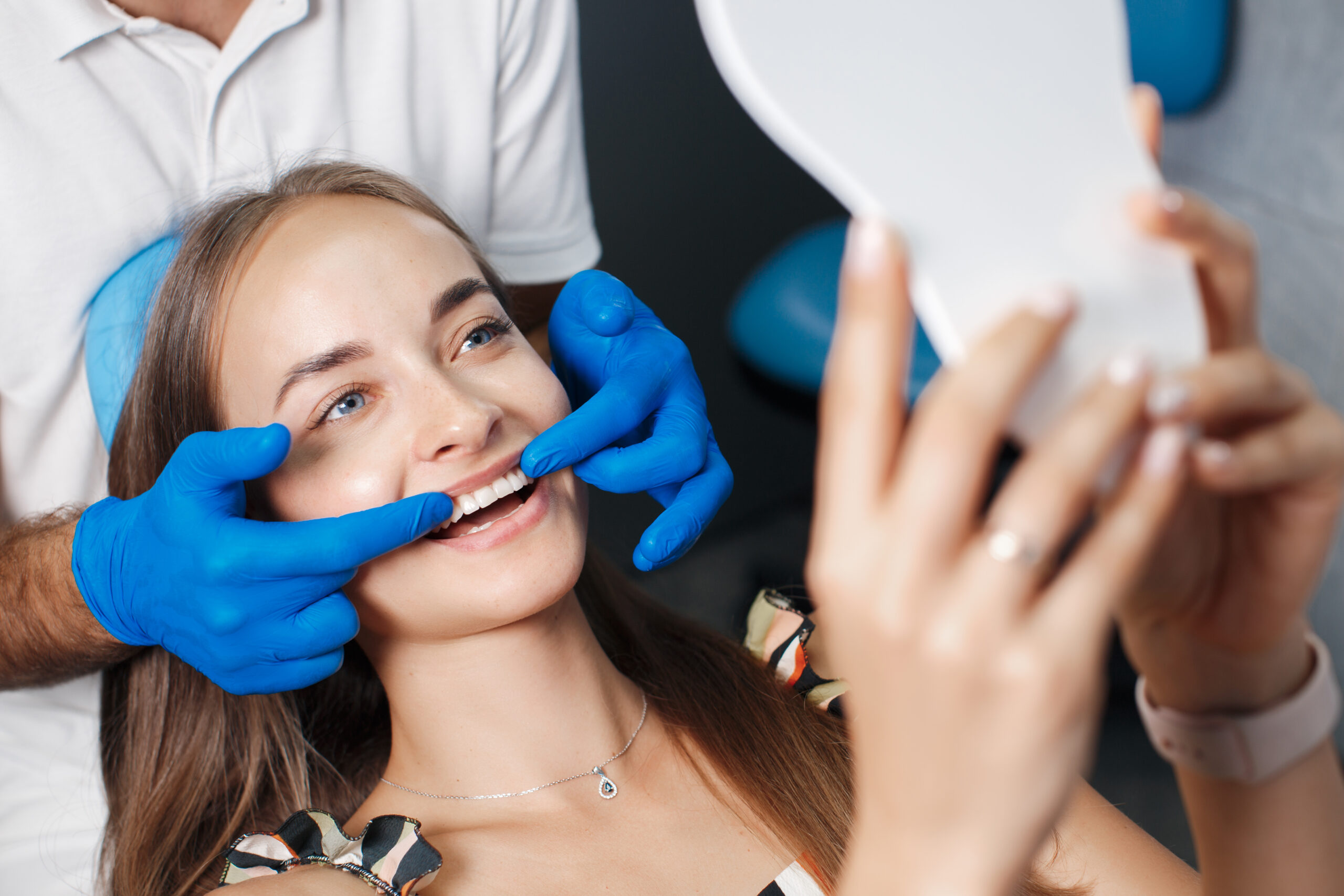Routine Examination
You may even be given advice on your diet, smoking and alcohol use, as well as teeth-cleaning habits. Sometimes, we may recommend a hygienist visit or some dental x-rays to check beneath the surface to where your dentist cannot see.
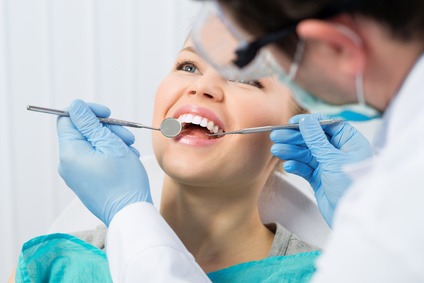

Toothache / Pain Relief Appointment
We continually accept new patients. Whether it be due to a change of dentist, new to the area or are currently having a toothache, sometimes, emergencies happen and we are here to help. Some x-rays may be recommended after an in-depth discussion of any problems you may have or had.
Scaling And Polish
This can be used to remove stubborn stains from the teeth as well as plaque and calculus (tartar). You can also have a scale and polish to simply polish the teeth. This everyday procedure helps to prevent the development of gum diseases such as gingivitis and periodontitis. Depending upon your needs, the next recommended time to re-attend for a scale and a polish will be offered to you along with the appropriate oral hygiene instructions.
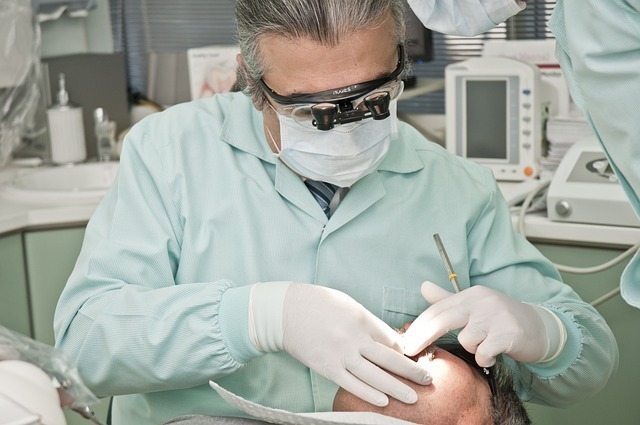

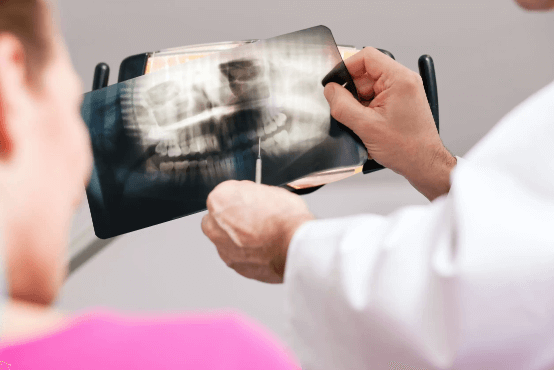

Digital X-Rays/Radiographs
Sometimes during a dental treatment, specific x-rays of teeth and the surrounding tissues may be required. An accurate risk assessment is always undertaken to ensure the most accurate and low dose radio graphs are being taken. Routine x-rays are taken at routine examinations usually either every 6,12,18 or 24 months. Craig uses digital x-rays to ensure the safest and most accurate method of examining is taken place.
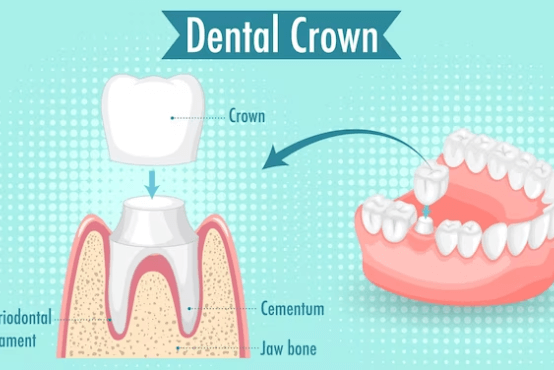

Crowns
A crown is used to cap or completely cover a tooth that has lost most of its structure due to being heavily filled or restored. There are gold crowns, ceramic fused to metal crowns and completely ceramic crowns. Gold crowns have become more uncommon due to high demands for tooth coloured and natural looking crowns. All ceramic crowns are well known for their superior aesthetic properties. They look very natural as they absorb and reflect light like a natural tooth and therefore are more appealing. They are completely tooth coloured which prevents any grey shadowing at the gum margin.
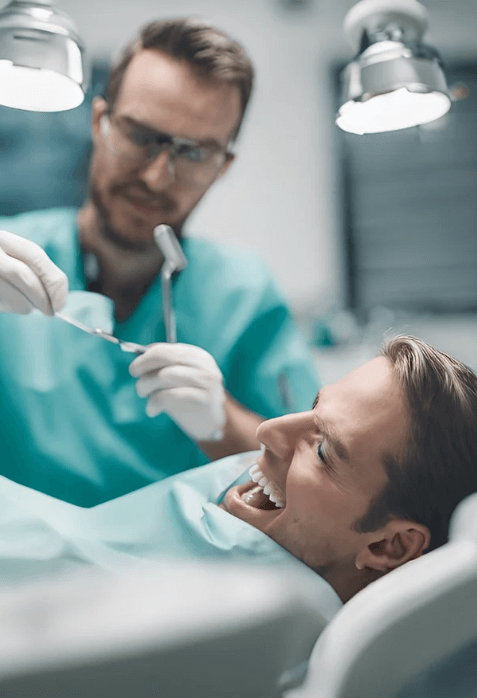

The aim of this treatment is to remove all infections from within the root canal. Within this procedure the root is cleaned and filled to prevent any further infection. Root canal treatment is a skilled and time-consuming procedure. At the first appointment, the infected pulp is removed and any abscesses can be drained. The root canal is then cleaned and shaped ready for the filling. A temporary filling is put in and the tooth is left to settle. The tooth is checked at a later visit when all infections have been cleared, the tooth is then permanently filled or sometimes covered with a crown.
There are three ways to replace missing teeth. A dental implant, a bridge or a denture. Bridges can require removal of some tooth tissue from the teeth either side of the gap, therefore these teeth need to be solid and can end up being less sound than before. Some bridges require no removal of tooth tissue and can simply be placed in the gap.
Veneers are thin layers of porcelain or ceramic that are bonded to a natural tooth, the procedure is very similar to a false nail being placed on a finger. They can be used to adjust the colour, shade, shape and position of a tooth or teeth. Veneers are often used in smile makeovers in conjunction with tooth whitening which produces a refreshed and beautiful looking smile.
Dentures (false teeth) are becoming less and less popular but are still worn by many. Dentures can be made of many materials such as the latest flexible material, metal bases, clasps or even acrylic. Dentures are used to replace many groups of teeth or even a single tooth. They are removed by the patient daily for cleaning as well as sleeping.
